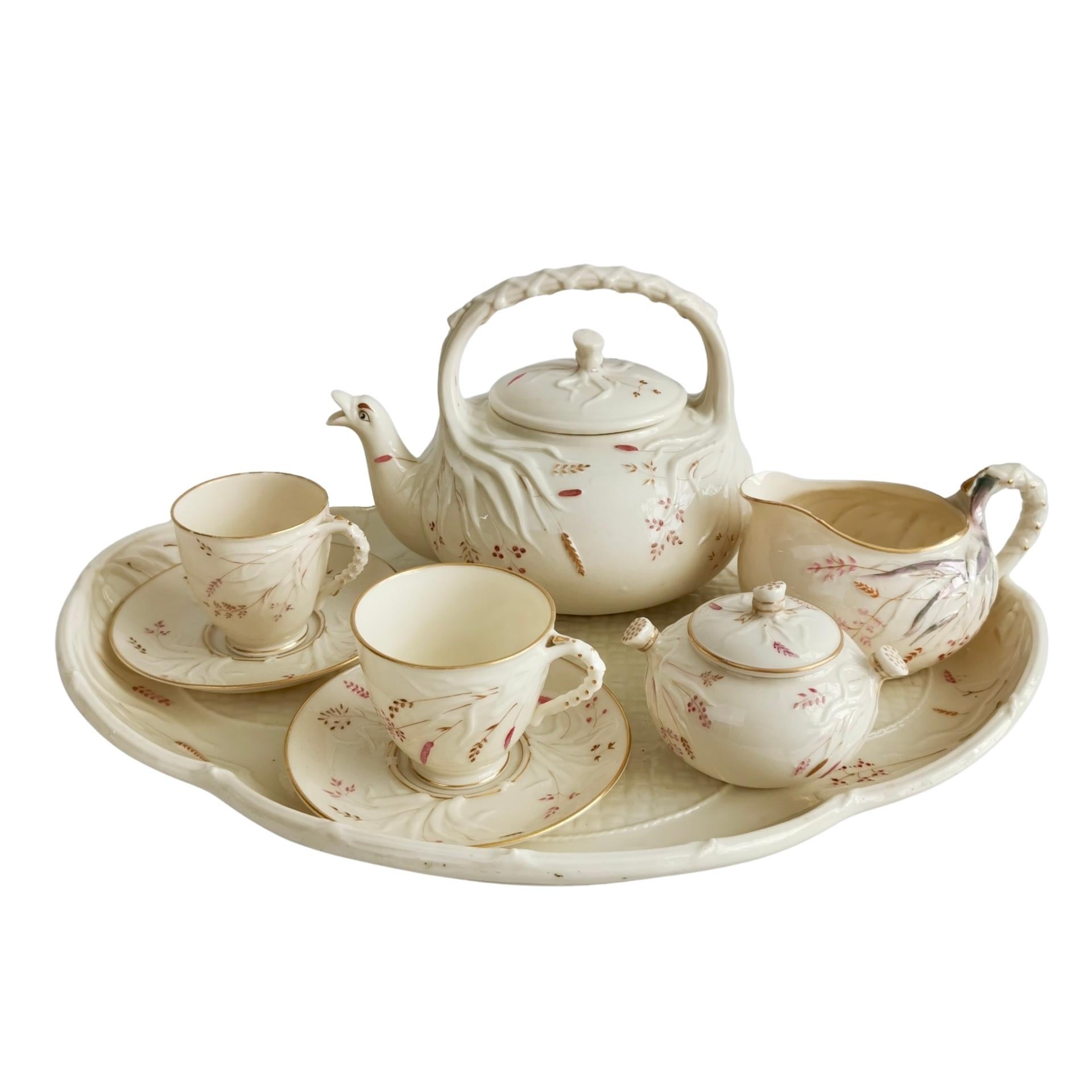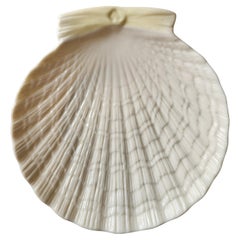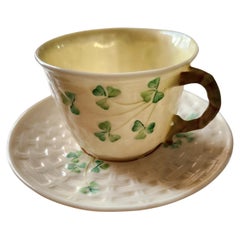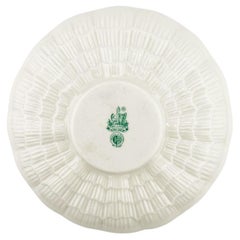Questions & Answers
Our trusted network of 1stDibs sellers answer common questions
How much is Belleek pottery worth?
1 Answer

How much Belleek pottery is worth depends on its type, style, age, condition and other factors. The average selling price for Belleek pieces on 1stDibs is around $650, but some may be worth less or considerably more. Some of the most valuable examples of the Irish maker's porcelain are the so-called Black Mark Belleek range. Produced between 1863 and 1946, these pieces are easy to identify due to their black maker's markings. To have a valuation performed on your Belleek piece, enlist the help of a certified appraiser or experienced antique dealer. On 1stDibs, shop an assortment of Belleek pottery.
1stDibs ExpertSeptember 16, 2024
Related Questions
- How much is my pottery worth?1 Answer
- How do I find out how much my pottery is worth?1 Answer
- How much is Delft pottery worth?1 Answer
- How much is a Rembrandt worth?1 Answer
- How much is a Minotti worth?1 Answer
Shop for Belleek Pottery Ltd. Furniture on 1stDibs
Midcentury Belleek Fine Irish China Porcelain Shell Serving Plate
By Belleek Pottery Ltd.
Located in Chula Vista, CA
Midcentury Belleek Fine Irish China Porcelain Shell Serving Plate
8.5
maker stamped
Preowned vintage very good condition
Refer to images provided please
Category
Mid-20th Century Northern Irish Mid-Century Modern Decorative Dishes and...
Materials
Porcelain
Antique Fine Irish Belleek Porcelain Demitasse Cup and Saucer
By Belleek Pottery Ltd.
Located in Chula Vista, CA
Fine Irish Belleek Demitasse Cup and Saucer
basketweave shamrock eggshell antique porcelain
Saucer 4.5 Cup 2.5 x 2h
maker stamp present
hand painted
original estate preowned vintage ...
Category
Mid-20th Century Northern Irish Mid-Century Modern Porcelain
Materials
Porcelain
Antique Belleek Irish Porcelain Saucer – Etruscan Shell Pattern Mid 20th Century
By Belleek Pottery Ltd.
Located in Oklahoma City, OK
Antique Belleek Irish Porcelain Saucer – Basket Weave Shell Pattern, 5th Mark (c.1955–1965)
Delicate Irish craftsmanship in luminous creamy porcelain
...
Category
Mid-20th Century Irish Hollywood Regency Decorative Dishes and Vide-Poche
Materials
Porcelain
Belleek - 'Neptune' - Ceramic Sugar Bowl - Ireland - circa 1965-1980
By Belleek Pottery Ltd.
Located in Chatham, ON
BELLEEK (Manufacturer) - ' Neptune ' (Pattern) - Vintage porcelain sugar bowl - featuring a yellow iridescent glaze to the interior of the bowl - green maker's mark to the bottom - I...
Category
Mid-20th Century Irish Victorian Porcelain
Materials
Porcelain
$206 Sale Price
30% Off
Pair of Porcelain Miniature Pigs by Belleek
By Belleek Pottery Ltd.
Located in San Diego, CA
Cute pair of whimsical porcelain pigs by Belleek Pottery Ltd. of Ireland, circa 1980s. The large pig is 3" H x 4.25" W x 2.5" D and the small pig is 2" H...
Category
Mid-20th Century Irish Animal Sculptures
Materials
Porcelain
$250 Sale Price / set
41% Off
Belleek Four-Strand Oval Basket, 20th Century
By Belleek Pottery Ltd.
Located in Ottawa, Ontario
A Belleek four-strand oval basket
20th century
Oval basket with a waved loop rim applied with sprigs of flowers,
impressed banner mark.
Note:
Restoration to four loops, as i...
Category
Mid-20th Century Irish Edwardian Centerpieces
Materials
Porcelain


